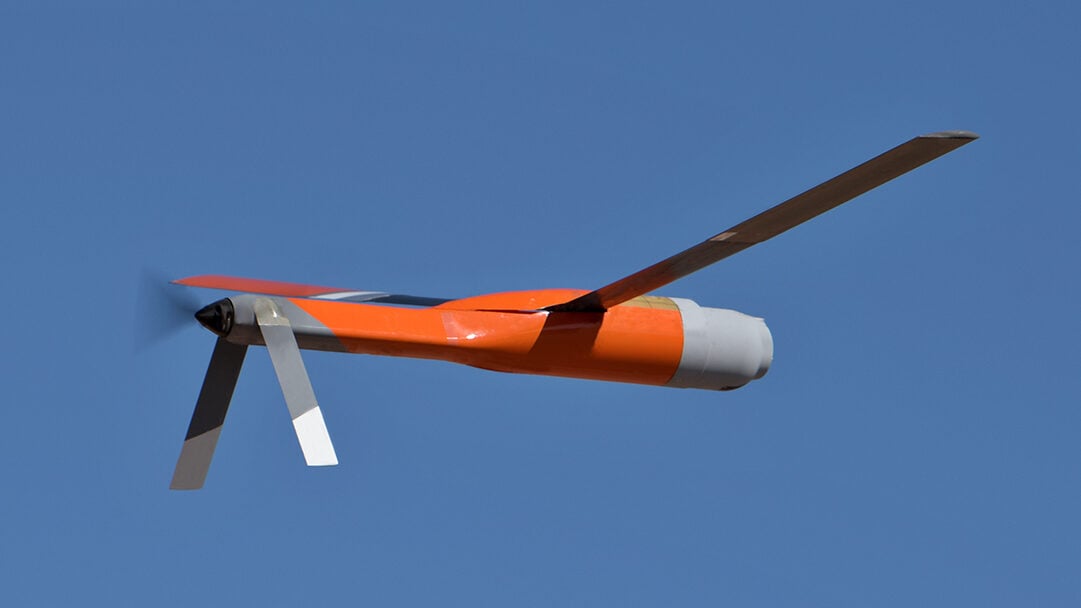
WASHINGTON — As the Pentagon moves toward equipping its forces with more mobile gear at greater distances and prioritizing artificial intelligence, Lockheed Martin is teaming with open source tech firm Red Hat to equip small US military platforms with advanced software designed to handle increased AI workloads, the companies announced Tuesday.
Lockheed will use the Red Hat Device Edge, the company’s new “solution for flexibly deploying traditional or containerized workloads on small devices such as robots, IoT gateways, points of sale, public transport and more,” according to a Red Hat press release, to equip platforms with software that was previously too complex to handle.
“Red Hat Device Edge will enable Lockheed Martin to revolutionize artificial intelligence processing for our DOD customers’ most challenging missions,” Justin Taylor, vice president of AI at Lockheed Martin, said in a statement. “The ability for small military platforms to handle large AI workloads will increase their capacity in the field, ensuring our military can stay ahead of evolving threats.”
Red Hat said in its release that the Device Edge is an enterprise-ready distribution of MicroShift, which is a “lightweight Kubernetes orchestration solution” that can also reduce compute requirements by up to 50 percent compared to traditional edge configurations of Kubernetes — an open-source platform for managing containerized workloads
The tech was used in a recent demonstration on a Stalker unmanned aerial system to demonstrate how AI-enhanced sensing can advance Joint All-Domain Operations by adapting in real-time to a threat environment, according to Lockheed Martin.
“The Stalker was flying an intelligence, surveillance and reconnaissance (ISR) mission to detect a simulated military target,” according to Lockheed’s press release. “Once the Stalker detected the target emitter, project engineers used Red Hat Device Edge to update the Stalker’s software in-flight. The new software — now managed on platform by Red Hat Device Edge — enabled the Stalker to deploy updated AI-based computer vision capabilities, also known as automated target recognition capabilities.
“As a result, Stalker was able to more accurately classify the military target, providing more useful ISR data and enhancing the situational awareness of the threat environment for U.S. military decision-makers,” the press release continued.
According to Lockheed, the company plans to use the Red Hat Device Edge for a broader range of applications across the land, sea, air, space and cyber domains.
The Pentagon is increasingly investing in AI, and in its fiscal 2023 budget request asked to fund various AI-related efforts like the the AI and Data Accelerator and the newly established Chief Digital and AI Office. DoD in June also released its Responsible AI Strategy and Implementation Pathway, acknowledging that the Pentagon won’t be able to maintain a competitive advantage without transforming itself into an AI-ready and data-centric organization.
“Our adversaries and competitors are investing heavily in AI and AI-enabled capabilities in ways that threaten global security, peace, and stability,” Deputy Defense Secretary Kathleen Hicks said in the strategy. “To maintain our military advantage in a digitally competitive world, the United States Department of Defense (DoD) must embrace AI technologies to keep pace with these evolving threats.”

